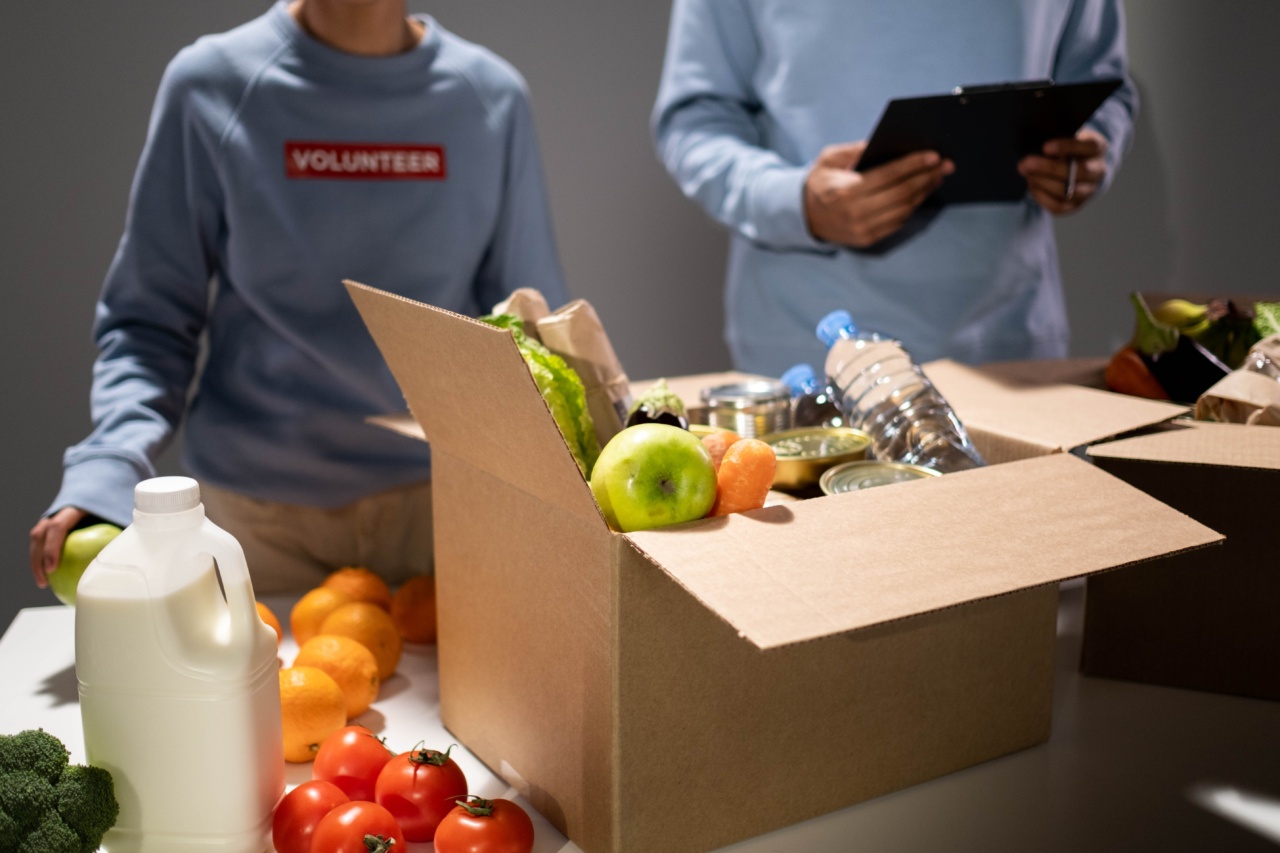Most of us are aware of the dangers posed by consuming contaminated food, but did you know that the very packaging used to contain, store, and transport our food can also be hazardous to our health? Despite being an essential part of the food industry, food packaging can expose us to a range of chemicals that may pose serious risks. Below, we explore some of the most common and dangerous chemicals that can be found in food packaging materials.
BPA
Bisphenol A (BPA) is a chemical that is commonly used in the production of polycarbonate plastics, which can be found in many food and drink containers.
Research has shown that BPA can disrupt hormone levels and may be linked to the development of certain cancers, obesity, diabetes, and other health problems. While many countries have banned the use of BPA in food packaging, it is still widely used in some parts of the world.
Phthalates
Phthalates are a group of chemicals that are often used to make plastics more flexible and durable. They may be found in food packaging materials such as plastic bags, wraps, and containers.
Phthalates have been linked to a range of health problems, including developmental and reproductive issues, asthma, and cancer. Children may be particularly vulnerable to the effects of phthalates.
Polyvinyl Chloride (PVC)
Polyvinyl chloride (PVC) is a type of plastic that is widely used in food packaging. However, it can release toxic chemicals such as dioxins and phthalates during production and disposal.
Exposure to PVC may be linked to cancer, developmental defects, and other health problems.
Per- and Polyfluoroalkyl Substances (PFAS)
Per- and polyfluoroalkyl substances (PFAS) are a group of chemicals that have been widely used in food packaging to make it resistant to grease, water, and stains.
However, PFAS have been linked to a range of health problems, including liver damage, immune system dysfunction, and cancer. They are sometimes referred to as “forever chemicals” since they remain in the environment indefinitely.
Acrylamide
Acrylamide is a chemical that can form when certain foods are cooked at high temperatures, such as in frying, baking, or grilling. It can also be found in some food packaging materials, such as cardboard and paper.
Exposure to acrylamide has been linked to an increased risk of cancer and nervous system damage. While the amounts present in food packaging are generally low, it is still a cause for concern.
Brominated Flame Retardants (BFRs)
Brominated flame retardants (BFRs) are chemicals that are added to some plastics to make them more fire-resistant.
However, they can be harmful to human health, with exposure linked to problems with the thyroid, liver, and nervous system, as well as developmental issues in children. BFRs have been found in some food packaging materials, such as foam trays and electronic labels.
Lead and Other Heavy Metals
Lead and other heavy metals can be found in some food packaging materials, such as ceramics, crystalware, and some plastics.
Exposure to lead and other heavy metals can lead to a range of health problems, including developmental and behavioral issues, kidney damage, and an increased risk of cancer.
Chlorine-Based Chemicals
Chlorine-based chemicals, such as chlorinated hydrocarbons, are sometimes used in the production of plastic food packaging materials.
Exposure to chlorine-based chemicals may be linked to various health problems, including cancer, developmental defects, and liver damage. While many countries have banned the use of these chemicals in food packaging, they may still be found in some products.
Formaldehyde
Formaldehyde is a chemical that is sometimes used in the production of plastics and adhesives. It can be found in some food packaging materials, such as some foams and paper products.
Exposure to formaldehyde can lead to respiratory problems, skin irritation, and cancer.
Conclusion
Food packaging is a crucial part of the food industry, but it can also be a source of hazardous chemicals that can seriously affect our health.
While many countries have taken steps to limit or ban the use of certain chemicals in food packaging, it is important to remain vigilant and informed about the potential risks. Choosing safer food packaging options, such as glass or stainless steel containers, can help to reduce our exposure to these harmful chemicals.



























